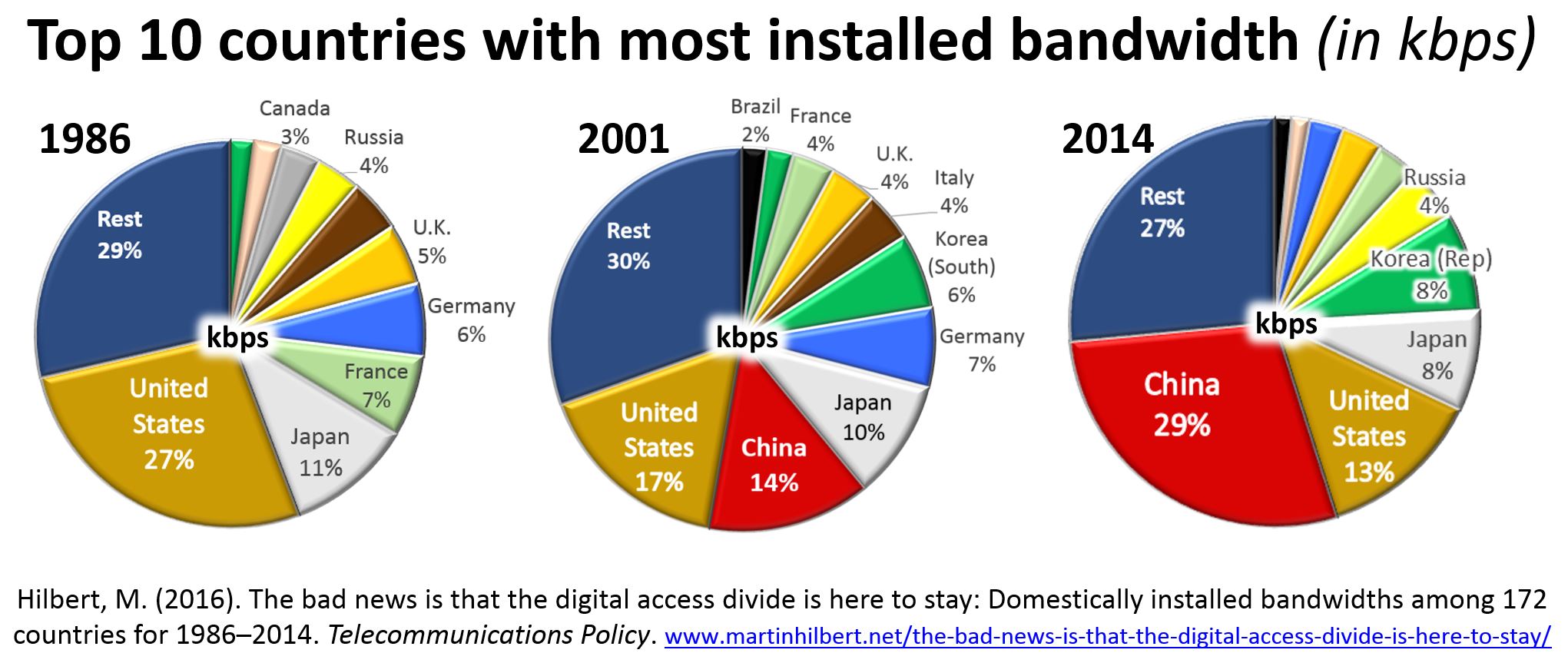
- Details
- By Ian Skorodin
While tough challenges are nothing new for Native Americans, nearly two years of COVID-19 have been brutal. Federal figures show the massive harm this pandemic has inflicted on us. COVID has hit Native American communities harder than any other community in the U.S. We have more than three times the hospitalization rate and more than twice the death rate as non-Native communities.
But more than that, this pandemic is putting the traditional way of life for many Native Americans under unprecedented pressure. Among Diné living on the Navajo Nation, two-thirds of COVID deaths are people over age 65. Their deaths take away cultural and historical knowledge that may never be regained. More generally, traditional communal living that has existed for generations on many reservations is being pushed aside.
Want more Native News? Get the free daily newsletter today.
Against this backdrop, the need for Federal action is obvious and urgent. On November 15, President Biden signed a $1 trillion infrastructure bill that included $65 billion to expand affordable high-speed Internet service with a special focus on left-behind places like Native American reservations.
With this bill signed into law, Federal agencies must move quickly to fund broadband expansion on reservations – no more delays. To appreciate why, here’s a depressing statistic from a 2018 report by the American Library Association: “Nearly 7 in every 10 residents on rural tribal lands remain without access to fixed high-capacity broadband and are cut off from educational and economic opportunities.”
Think about how this issue affects Native Americans on a personal level:
- Children on reservations are falling behind in their school work. They can’t do their homework because unlike millions of other students, there’s not enough broadband access.
- Seniors and people with disabilities have lower life expectancy because they can’t get medical and rehabilitative care. Unlike millions of seniors outside reservations, our people living on reservations, who don’t have reliable home broadband, can’t access basic telehealth services.
- Jobs are hard to come by and job growth is failing. Let’s face it, how can someone create or maintain a small business these days without reliable broadband service?
Earlier this year, I was part of a Federal commission that looked at using the Internet to empower people who’ve been left behind. We started with the reality that broadband is changing the world faster than any technology in history. But the faster this technology moves and the more benefits it provides, the greater the disadvantages for those who are left behind.
Our report offers specific suggestions and guidance for improving broadband access and adoption. These include:
- Simplifying government broadband support programs and improving coordination so libraries better focus on digital adoption skills and training;
- Simplifying the Federal E-Rate program, especially its application process.
- Taking a hard look at technology lessons from the COVID-19 pandemic – what worked and what hasn’t?
Nowhere is the need for broadband action more obvious than it is on Native American reservations. The Navajo Nation is the nation’s largest and by far most populous reservation. According to Congressional testimony by the Dine Nation President last year, 60% of residents lack fixed internet access. Those that do have internet access rely on “a patchwork of service providers that results in sporadic to non-existent connectivity.”
The Pine Ridge Reservation in South Dakota is the second largest reservation by population (about 17,000 residents). Fewer than half (48 percent) of its households have broadband. And in the Gila River and Jicarilla Apache Nation Reservations in Arizona and New Mexico, only 35 percent and 38 percent of households have broadband.
It’s against this backdrop that President Biden’s Administration has to act quickly to support broadband access and infrastructure. Every month of delay is time that our people continue to be disadvantaged and lack this basic necessity.
Ian Skorodin (Choctaw Nation of Oklahoma) graduated from New York University’s Tisch School of the Arts.
More Stories Like This
Superhuman. Should We Be Better Than We Are?Senator Ben Nighthorse Campbell Proved Representation Matters
The Lie We Keep Telling About Wounded Knee
Another Weapon of Mass Destruction
Colorado cannot heal until it confronts Sand Creek honestly
Help us defend tribal sovereignty.
At Native News Online, our mission is rooted in telling the stories that strengthen sovereignty and uplift Indigenous voices — not just at year’s end, but every single day.
Because of your generosity last year, we were able to keep our reporters on the ground in tribal communities, at national gatherings and in the halls of Congress — covering the issues that matter most to Indian Country: sovereignty, culture, education, health and economic opportunity.
That support sustained us through a tough year in 2025. Now, as we look to the year ahead, we need your help right now to ensure warrior journalism remains strong — reporting that defends tribal sovereignty, amplifies Native truth, and holds power accountable.
 The stakes couldn't be higher. Your support keeps Native voices heard, Native stories told and Native sovereignty defended.
The stakes couldn't be higher. Your support keeps Native voices heard, Native stories told and Native sovereignty defended.
Stand with Warrior Journalism today.
Levi Rickert (Potawatomi), Editor & Publisher
